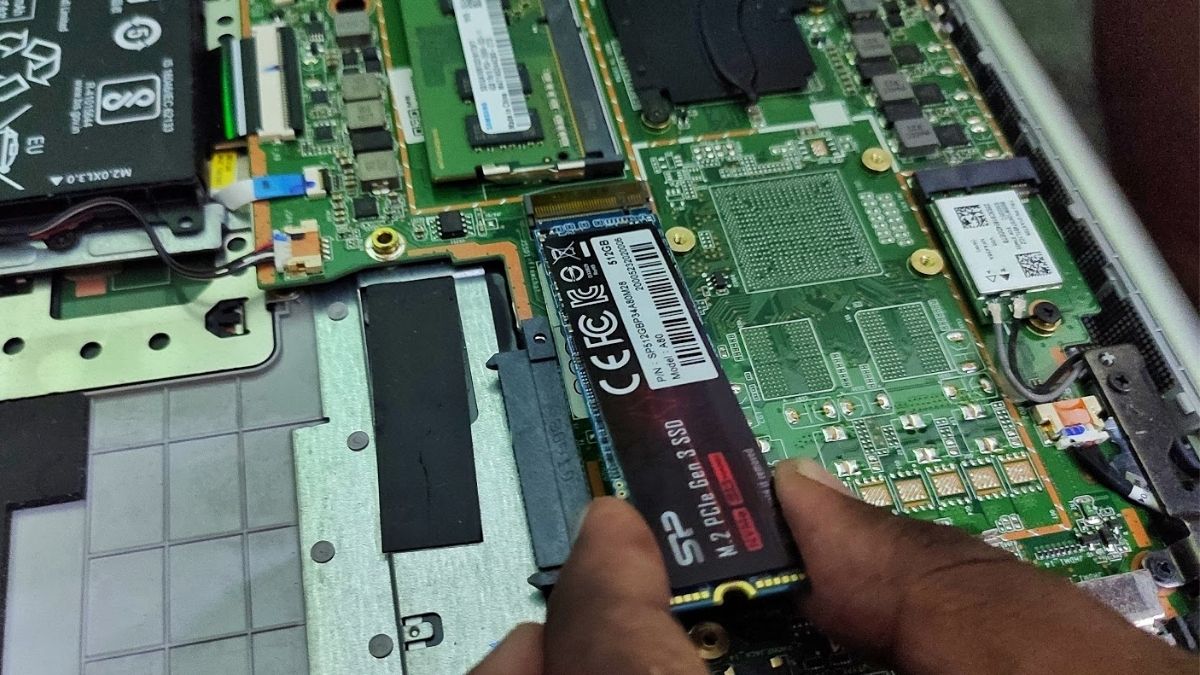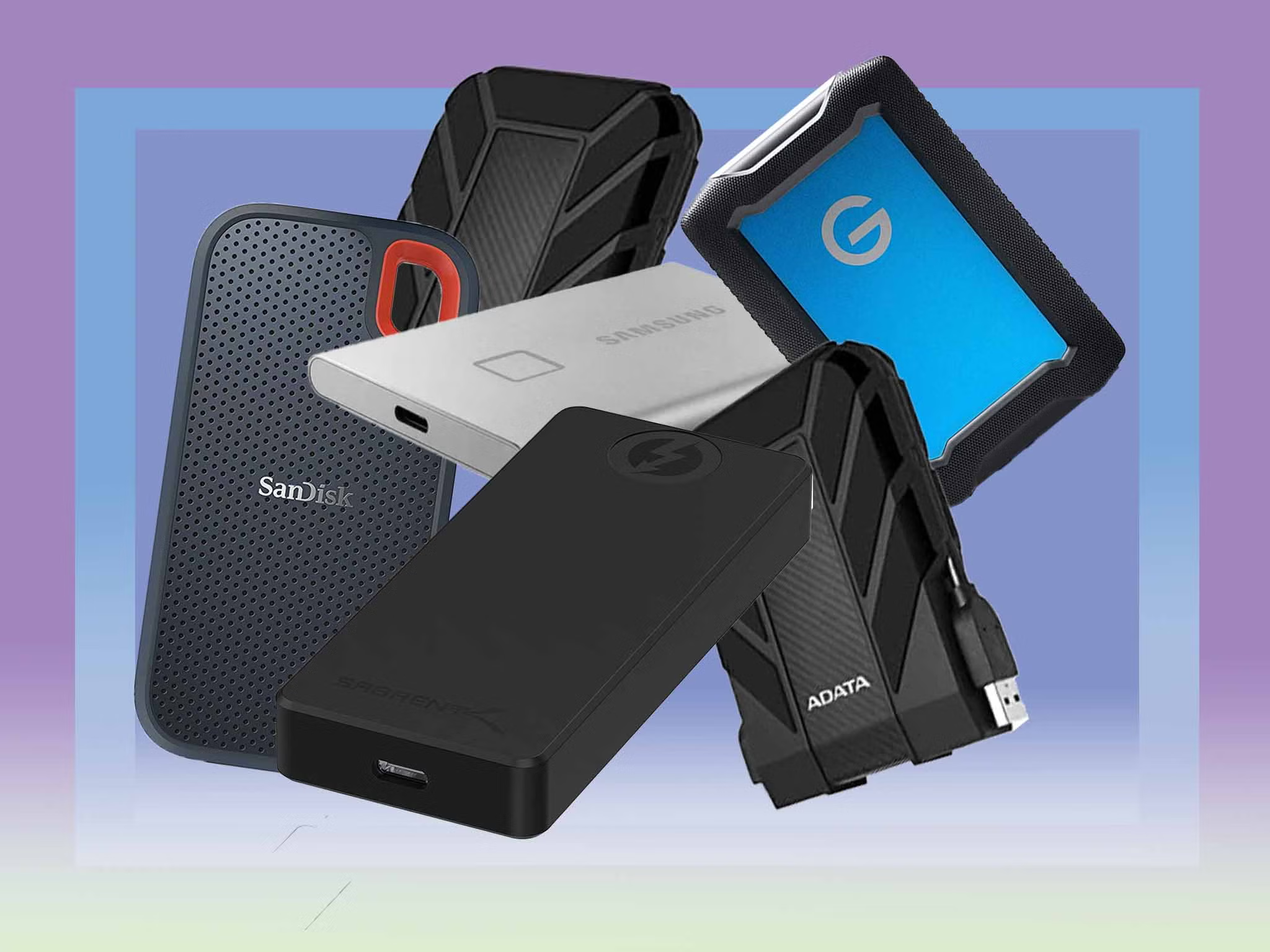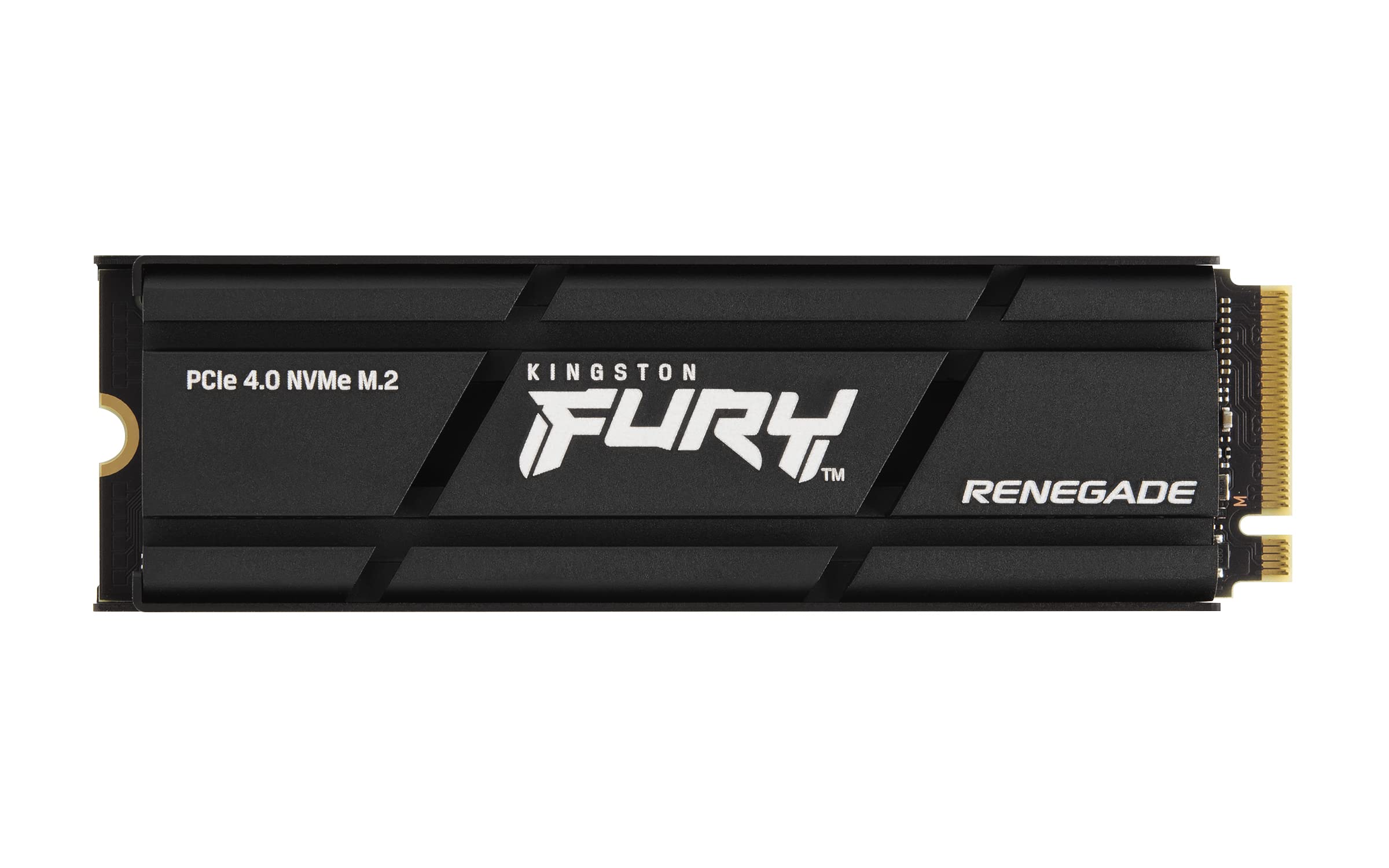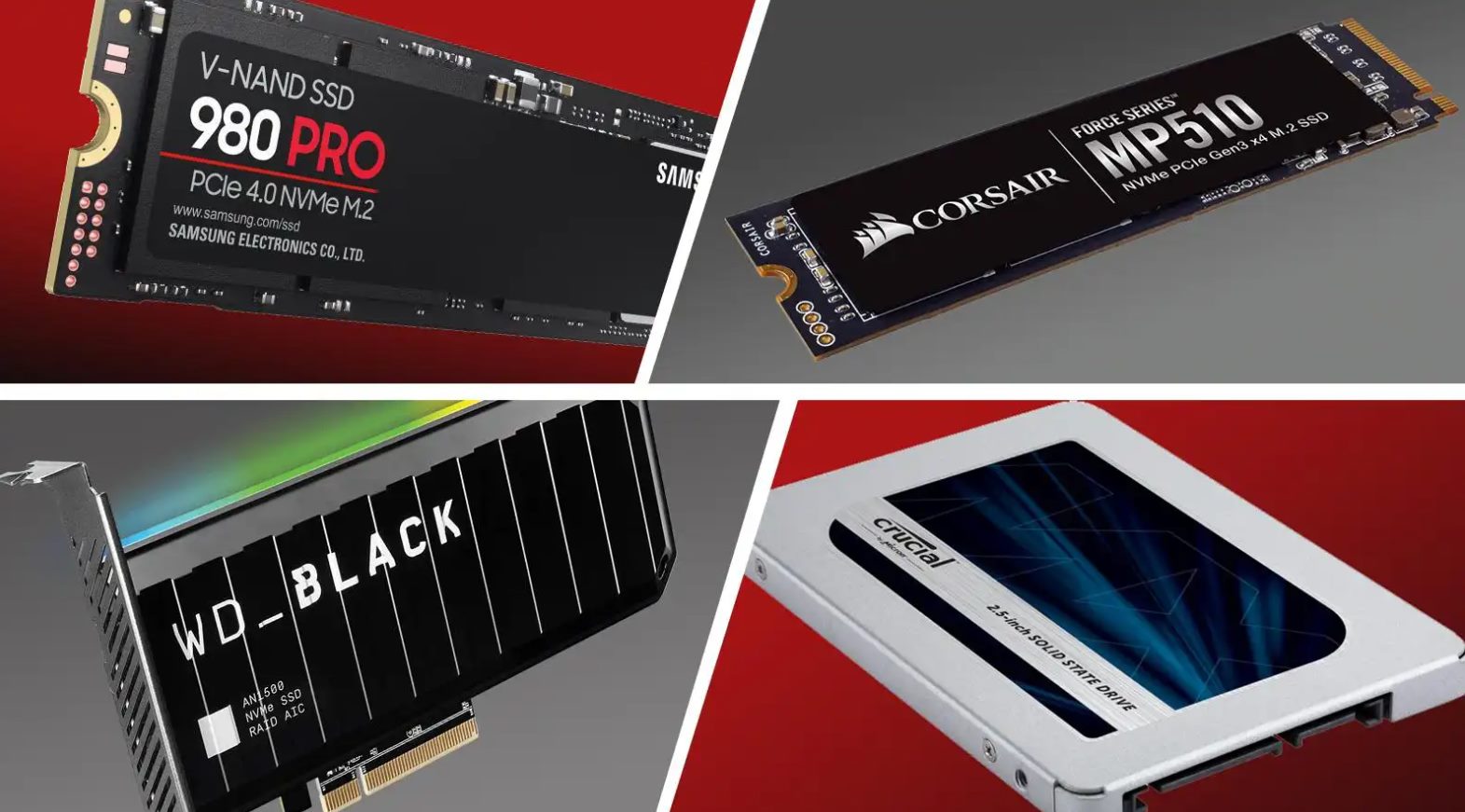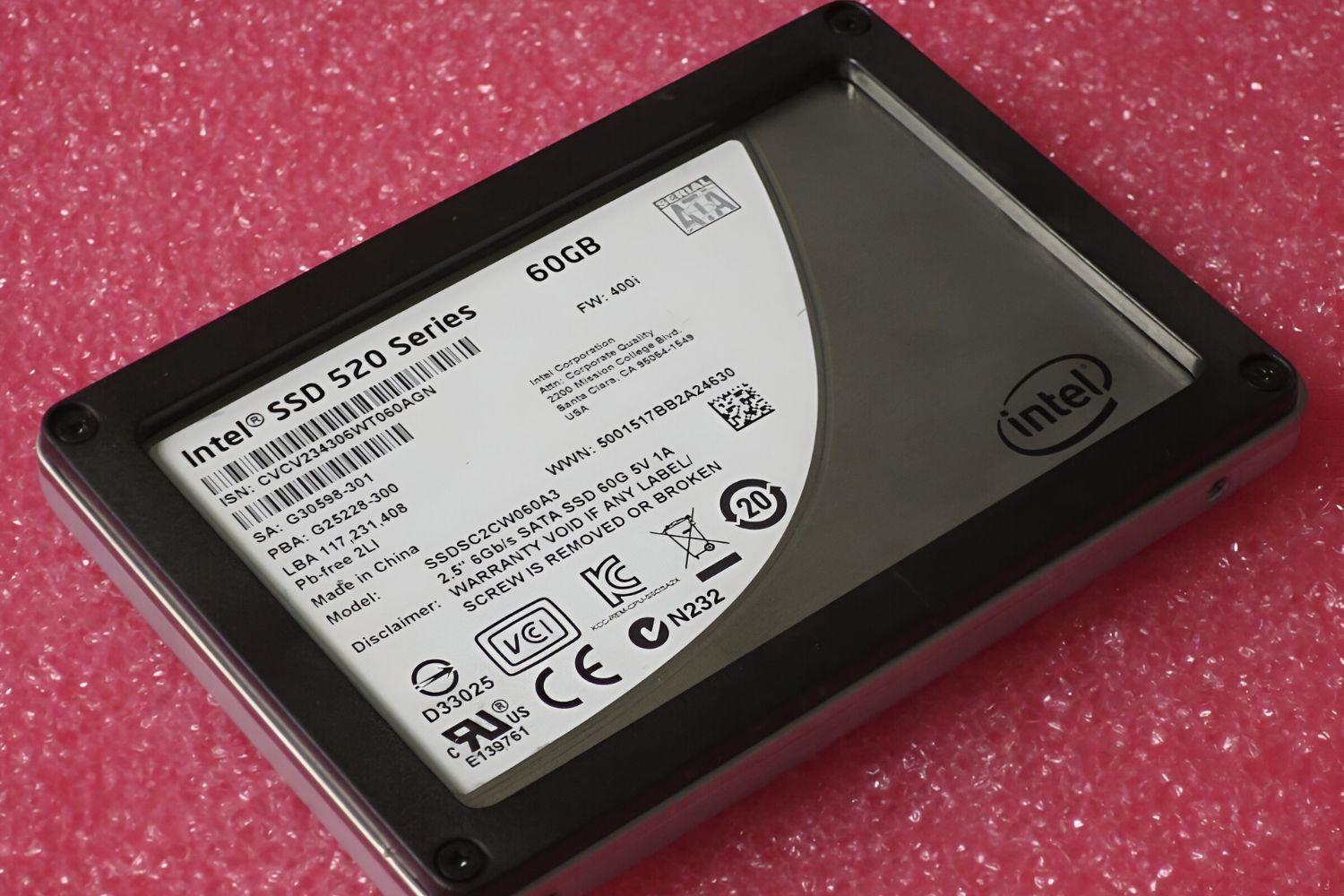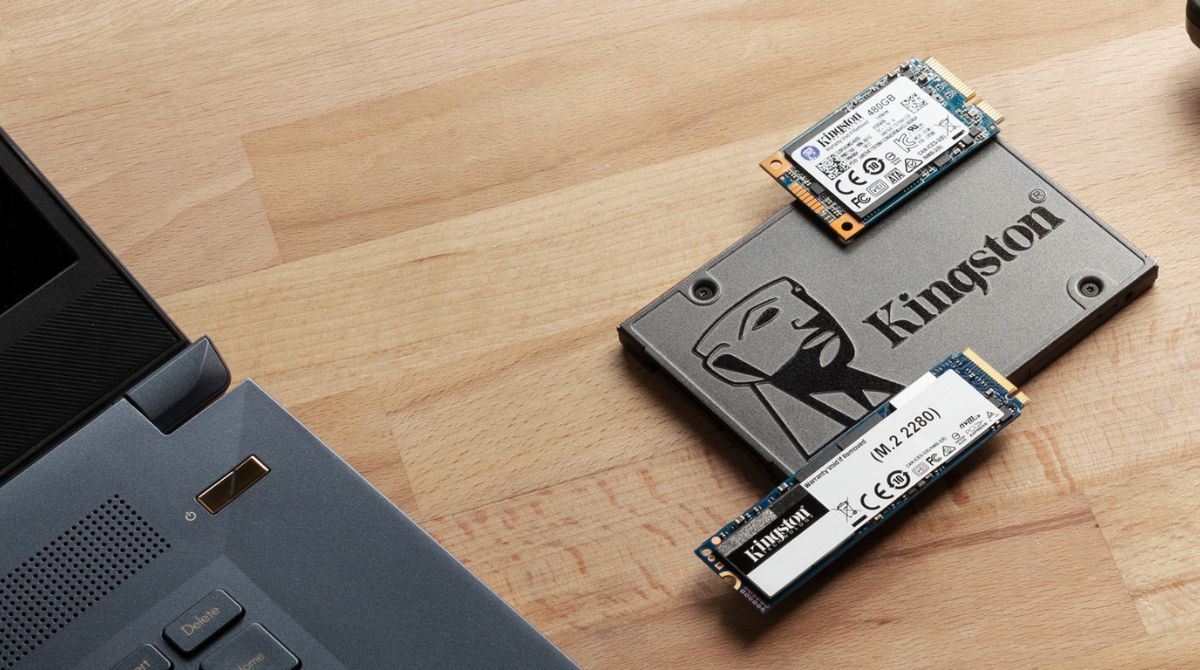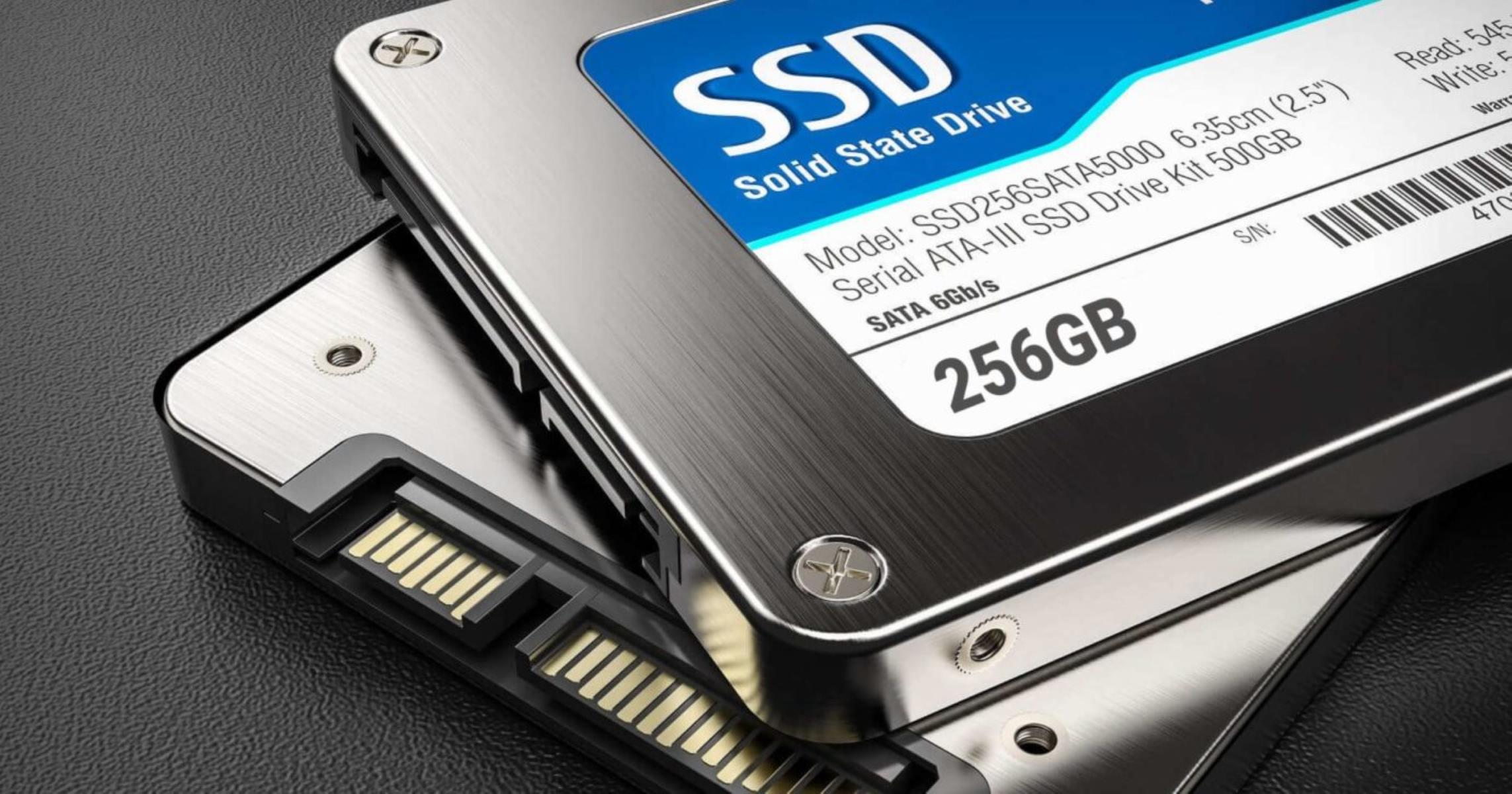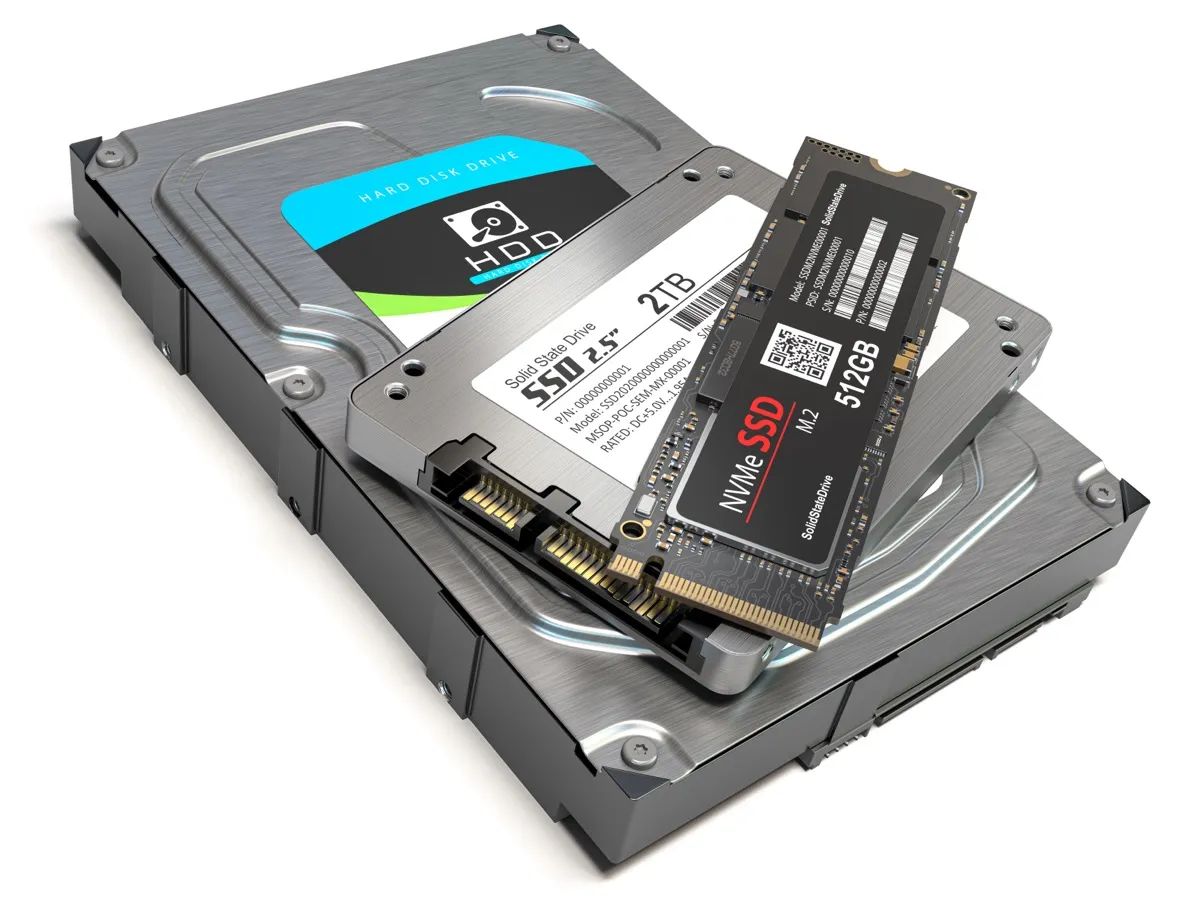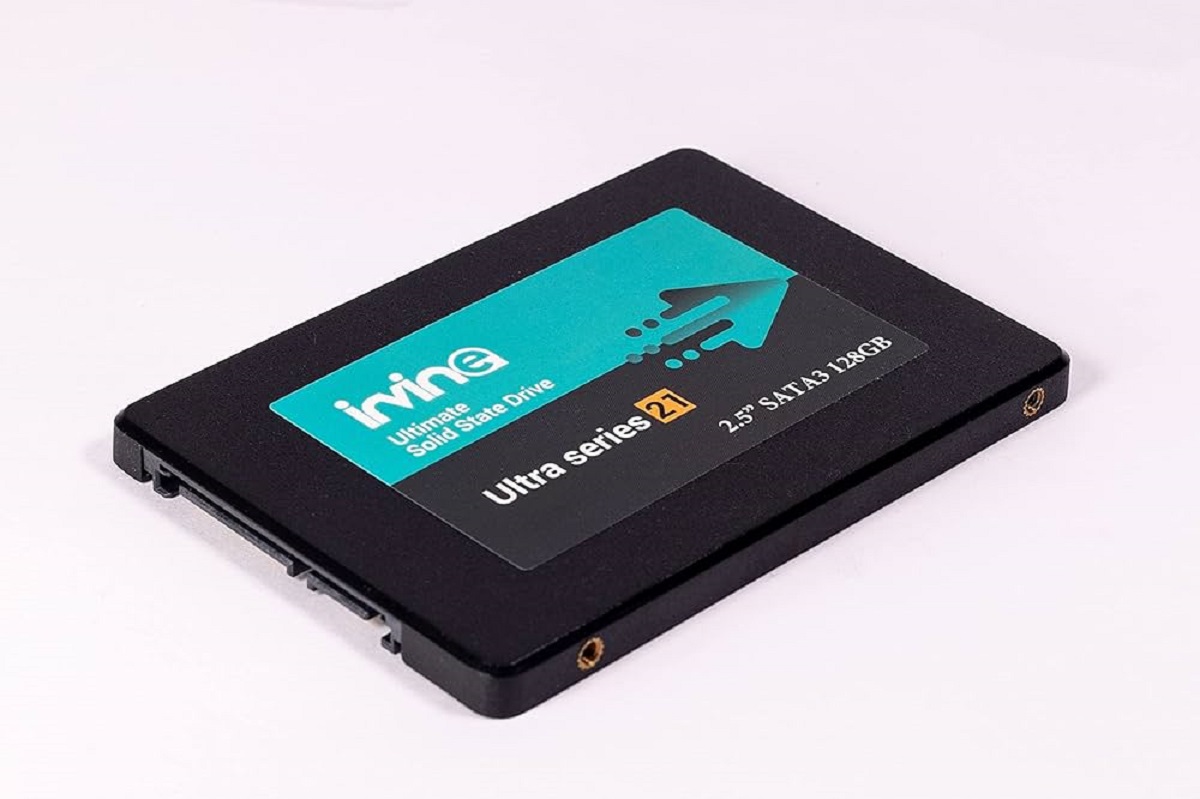Why Add an SSD to Your Laptop
Upgrading your laptop with a solid-state drive (SSD) can significantly enhance its performance and overall user experience. Unlike traditional hard disk drives (HDDs), SSDs do not rely on spinning disks or mechanical parts. Instead, they use flash memory technology, similar to the storage found in smartphones and tablets. So why should you consider adding an SSD to your laptop? Let’s explore the benefits.
1. Faster Boot Times and Improved Responsiveness: One of the most notable advantages of switching to an SSD is the faster boot times. From powering on your laptop to accessing your desktop, you’ll experience a speedy transition. Additionally, launching applications and opening files will be much quicker, giving you a more responsive computing experience.
2. Enhanced Overall Performance: An SSD provides faster data transfer speeds, which translates into quicker file transfers when copying or moving data. This speed boost is particularly beneficial for tasks that involve accessing large files, such as video editing or running virtual machines.
3. Reduced Loading Times: Whether you’re loading a website, launching a game, or opening a complex software program, an SSD can significantly reduce loading times. This means you’ll spend less time waiting and more time being productive or enjoying your favorite activities.
4. Extended Battery Life: SSDs are more power-efficient compared to traditional HDDs. Since they don’t have spinning disks, they require less energy to operate. This can lead to improved battery life for your laptop, allowing you to work or play on the go for longer periods before needing to recharge.
5. Durability and Reliability: SSDs have no moving parts, making them more resistant to physical shock and vibration. This makes them a robust storage option for laptops that are frequently transported or subjected to rough handling. Additionally, SSDs are less susceptible to data loss due to their resilient design.
6. Noise and Heat Reduction: Traditional HDDs generate noise and heat as the disks spin. On the other hand, SSDs produce no noise and generate less heat, helping to keep your laptop cooler and quieter during extended usage.
7. Future-proofing Your Laptop: As technology continues to progress, SSDs are becoming the standard storage solution for modern laptops. By upgrading to an SSD, you can future-proof your laptop and ensure compatibility with upcoming software and hardware advancements.
In summary, adding an SSD to your laptop can deliver a significant performance boost, improved responsiveness, faster loading times, extended battery life, durability, reliability, reduced noise and heat, and future compatibility. With the declining prices of SSDs and their numerous benefits, it’s a worthwhile investment to enhance your laptop’s capabilities and user experience.
Factors to Consider When Adding an SSD
Before diving into the decision of adding an SSD to your laptop, there are several important factors to consider. These factors can help you make an informed choice and ensure that the upgrade is suitable for your specific needs. Let’s explore these considerations:
1. Available Budget: The cost of SSDs can vary significantly based on factors like storage capacity and brand. It’s essential to determine your budget and identify how much you’re willing to spend on the upgrade. Keep in mind that while larger capacity SSDs may be more expensive, they also offer greater storage capabilities.
2. Storage Needs: Assess your storage requirements and determine the amount of space you need. SSDs come in various capacities, ranging from 128GB to several terabytes. Consider your usage habits and the types of files you frequently work with, such as documents, photos, videos, or large applications.
3. Compatibility: Ensure that your laptop is compatible with an SSD upgrade. Check the specifications of your laptop model and look for information regarding the type of SSDs it supports, such as SATA or NVMe. Additionally, verify if your laptop has an available slot or if you’ll need to replace the existing storage drive.
4. Data Transfer and Backup: When upgrading to an SSD, you’ll need to transfer your existing data from the old storage drive. Consider the amount and size of data you have and plan for a smooth transfer process. It’s crucial to back up your important files beforehand to avoid any data loss during the upgrade.
5. Performance Requirements: Evaluate your performance needs and the tasks you typically perform on your laptop. If you require high-speed data transfers or engage in resource-intensive activities like video editing or gaming, opt for an SSD with faster read and write speeds to ensure optimal performance.
6. Warranty and Brand Reputation: Research and select a reputable SSD brand that offers reliable products. Consider warranties and customer reviews to gauge the quality and longevity of the SSD you’re considering. A longer warranty period can provide you with peace of mind in case of any issues that may arise.
7. Future Upgrades: If you plan to upgrade other components of your laptop, such as RAM or the processor, consider the compatibility and impact an SSD upgrade may have. Assess the overall performance improvements you wish to achieve and strategize the sequence of upgrades to ensure maximum efficiency.
By taking these factors into account, you can make an informed decision when adding an SSD to your laptop. Consider your budget, storage needs, compatibility, data transfer requirements, performance demands, brand reputation, and potential future upgrades. This comprehensive evaluation will aid in choosing the right SSD, ensuring optimal performance and a seamless integration with your laptop.
Cost of SSDs
When considering the addition of an SSD to your laptop, it’s important to have a clear understanding of the cost implications. The price of SSDs can vary depending on several factors, such as the storage capacity, brand, and technology used. Let’s explore the cost ranges and factors to consider:
1. Storage Capacity: The storage capacity of an SSD significantly impacts its cost. Generally, higher-capacity SSDs tend to be more expensive compared to their lower-capacity counterparts. SSDs are available in various sizes, ranging from 128GB to several terabytes. Assess your storage needs and consider the amount of space required for your files, applications, and operating system.
2. Brand and Quality: The brand and quality of an SSD can also affect its price. Established and reputable brands often have higher price points due to their reliability, performance, and customer support. While it may be tempting to opt for a cheaper, lesser-known brand, it’s crucial to consider the long-term reliability and performance of the SSD.
3. Technology: The type of SSD technology utilized can impact the cost. Two common types of SSDs are SATA and NVMe. SATA SSDs, based on older technology, tend to be more affordable but offer slower read and write speeds. On the other hand, NVMe SSDs, which utilize the faster PCIe interface, provide superior performance but often come with a higher price tag.
4. Pricing Trends: The pricing landscape of SSDs has become increasingly competitive over the years. As technology advances and production costs decrease, the overall price of SSDs has gradually become more affordable. It’s worth keeping an eye on market trends and sales to score a good deal on an SSD upgrade for your laptop.
5. Sales and Discounts: SSD prices can fluctuate, and there are often sales and discounts available from various retailers. Be sure to check for promotions, deals, and comparison shop to find the best price for the SSD that meets your requirements. Timing your purchase strategically can save you money without compromising on quality.
6. Warranty and Support: Consider the warranty and support offered by the SSD manufacturer. A longer warranty period provides peace of mind and can save you additional costs in case of any malfunctions or failures. It’s wise to factor in the reliability and customer support when weighing the cost of an SSD.
While SSDs may have been more expensive in the past, their prices have become increasingly affordable. Entry-level SSDs with smaller storage capacities are generally more budget-friendly, while larger-capacity SSDs with advanced features carry a higher price tag. It’s crucial to assess your needs, budget, and desired performance to strike the right balance between cost and functionality when selecting an SSD for your laptop.
Types of SSDs
When considering an SSD upgrade for your laptop, it’s important to understand the different types of SSDs available in the market. Various technologies and form factors exist, each with its own advantages and considerations. Let’s explore the most common types of SSDs:
1. SATA SSD: SATA (Serial Advanced Technology Attachment) SSDs are the most widely used and budget-friendly option. They utilize the same interface as traditional hard drives, making them compatible with most laptops. SATA SSDs offer significant performance improvements over traditional HDDs but have lower read and write speeds compared to other types of SSDs.
2. NVMe SSD: NVMe (Non-Volatile Memory Express) SSDs offer a significant leap in performance compared to SATA SSDs. They use the PCIe (Peripheral Component Interconnect Express) interface, allowing for faster data transfer rates and reduced latency. NVMe SSDs are ideal for applications that require high-speed data transfers, such as gaming, video editing, and professional workloads.
3. M.2 SSD: M.2 SSDs are a form factor commonly used for both SATA and NVMe SSDs. They are small, compact, and directly attach to the motherboard, eliminating the need for cables. M.2 SSDs come in different lengths and support various capacities. It’s essential to ensure compatibility with your laptop’s M.2 slot and the supported key type (e.g., B, M, or B+M).
4. PCIe SSD: PCIe SSDs offer the fastest performance among SSDs. They use the PCIe interface to achieve faster data transfer speeds and lower latency, making them ideal for demanding applications and workloads. PCIe SSDs are available in both add-in-card form factor and M.2 form factor.
5. External SSD: External SSDs offer the convenience of portable storage. They are compact, lightweight, and can be connected to your laptop via USB or Thunderbolt. External SSDs provide the flexibility to quickly expand your storage capacity or transfer files between devices. They come in various sizes and are suitable for backup, file storage, and on-the-go data access.
It’s important to consider your specific requirements when selecting an SSD type for your laptop. If you’re on a budget and need a straightforward upgrade, a SATA SSD can deliver significant performance improvements. For more demanding tasks and high-performance needs, NVMe or PCIe SSDs can provide the fastest data transfer speeds. M.2 and external SSDs offer additional flexibility in terms of form factor and portability.
Take into account your laptop’s compatibility, supported interfaces, and available slots when choosing the right type of SSD. Consider your usage habits, data transfer needs, and performance requirements to ensure that the chosen SSD type aligns with your specific demands and enhances your laptop’s capabilities.
Installation and Labor Costs
When adding an SSD to your laptop, it’s important to consider the installation and labor costs involved. While some individuals may choose to perform the installation themselves, others may prefer to seek professional assistance. Let’s explore the various factors that influence the installation and labor costs:
1. DIY Installation: If you have technical skills and are comfortable working with computer hardware, you can save money by installing the SSD yourself. DIY installation involves following step-by-step instructions, including opening your laptop, connecting the SSD to the appropriate slot, and reinstalling the operating system and files. However, it’s crucial to consider the potential risks associated with improper installation, such as damaging other components or voiding your laptop’s warranty.
2. Professional Installation: If you’re not confident in your technical abilities, or if you prefer to have the installation done by an expert, you can opt for professional installation. This involves taking your laptop to a computer repair shop or contacting a technician. The cost of professional installation varies depending on location, complexity, and individual service charges. It’s recommended to inquire about the cost upfront to avoid any unexpected surprises.
3. Complexity of the Installation: The complexity of the installation can impact the labor cost. Installing an SSD in laptops with easily accessible slots may be simpler and therefore less expensive. On the other hand, laptops with limited space or proprietary designs may require more expertise and time, resulting in higher labor costs.
4. Data Transfer and Cloning: If you want to transfer your existing data from the old storage drive to the new SSD, additional labor may be required. This process involves cloning the data, ensuring that all files, applications, and settings are transferred smoothly. Data transfer and cloning can add to the overall installation cost, especially if you choose professional assistance.
5. Warranty Considerations: When performing a DIY installation, it’s vital to check your laptop’s warranty terms. Some warranties may be voided if the laptop is opened or modified by a non-authorized person. If maintaining the warranty is a concern, hiring a professional for the installation can be a safer option, as they can provide warranty-compliant services.
It’s important to weigh the pros and cons of DIY installation versus professional assistance. While DIY installation can save money, it requires technical skills and involves potential risks. Professional installation provides expertise and peace of mind but comes with additional costs. Consider your comfort level, technical abilities, and the complexity of your laptop’s design when making the decision.
Plan for any additional labor costs associated with data transfer or cloning if required. Keep in mind that the ultimate goal is to have a properly installed SSD that functions optimally and improves your laptop’s performance. Whichever installation method you choose, be sure to conduct thorough research and take necessary precautions to ensure a successful and hassle-free SSD installation process.
Additional Equipment or Adapters Required
When adding an SSD to your laptop, it’s essential to consider if any additional equipment or adapters are required for a successful installation. Depending on your laptop’s specifications and the type of SSD you choose, you may need to purchase additional items to ensure compatibility and proper functioning. Let’s explore some common additional equipment or adapters that may be necessary:
1. Mounting Bracket or Caddy: In some cases, laptops have specific slots or configurations designed for traditional HDDs. If your laptop has an incompatible slot or if the SSD doesn’t fit properly, you may need a mounting bracket or caddy. These devices allow you to securely attach the SSD to your laptop without any physical compatibility issues.
2. SATA to USB Cable or Enclosure: If you plan to transfer data from the existing storage drive to the new SSD, you may need a SATA to USB cable or an external enclosure. These devices enable you to connect your old storage drive to your laptop via USB, facilitating the data transfer process. It’s important to select the appropriate cable or enclosure based on the type of storage drive you currently have (SATA or HDD) and ensure compatibility with your laptop.
3. Power Cable or Adapter: Depending on the type of SSD and your laptop’s power configuration, you may require a power cable or adapter. This is more common when installing SSDs in desktop replacement laptops or gaming laptops that require additional power connections. It’s essential to consult your laptop’s manual or seek professional advice to determine if any additional power components are needed.
4. M.2 Adapter: If you’re adding an M.2 SSD to a laptop that doesn’t have an M.2 slot, you’ll need an M.2 adapter. This adapter allows you to connect the M.2 SSD to a different type of slot, such as a PCIe slot. Ensure that you select the correct M.2 adapter based on your laptop’s specifications, SSD type, and available slot options.
5. Cable Extensions or Conversion Cables: Depending on the layout and configuration of your laptop, you may require cable extensions or conversion cables. These cables enable you to connect the SSD to the appropriate ports or slots within your laptop. It’s important to research your specific laptop model and the required cable types to ensure a proper connection.
Prior to purchasing any additional equipment or adapters, it’s essential to review your laptop’s specifications, consult the SSD manufacturer’s recommended setup, and conduct thorough research. Ensure that the equipment or adapters you purchase are compatible with your laptop and SSD to guarantee a successful installation.
When in doubt, seeking professional assistance or consulting with an experienced technician can provide valuable guidance in selecting the necessary equipment or adapters. Proper planning and consideration of these additional components will ensure a smooth and hassle-free SSD installation, allowing you to reap the benefits of enhanced storage and performance.
DIY vs. Professional Installation
When it comes to adding an SSD to your laptop, you have the option to either perform a DIY installation or seek professional assistance. Each approach has its advantages and considerations. Let’s explore the differences between DIY and professional installation:
1. DIY Installation: Performing a DIY installation can be a cost-effective option if you possess the necessary technical skills and knowledge. It allows you to have full control over the installation process and saves you money on labor costs. DIY installation also provides a sense of accomplishment and allows you to learn more about your laptop’s internals. However, it’s crucial to consider the potential risks involved, such as damaging other components or voiding your laptop’s warranty.
2. Professional Installation: Opting for professional installation provides several benefits, especially if you lack the technical expertise or aren’t comfortable working with computer hardware. Professional technicians have the experience and knowledge to ensure a safe and proper installation. They can also troubleshoot any potential issues that may arise during the process. Professional installation saves you time and minimizes the risk of damaging your laptop. Additionally, some service providers may offer warranties or guarantees on their work, providing peace of mind.
3. Technical Expertise: DIY installation requires a certain level of technical proficiency. If you’re confident in your abilities and have prior experience with hardware installations, performing the installation yourself can be a viable option. On the other hand, if you’re unsure of your skills or lack the necessary knowledge, professional installation can ensure that the job is done correctly, minimizing the chances of errors or damage to your laptop.
4. Time and Convenience: DIY installation may take longer, especially if you’re unfamiliar with the process. It requires research, following instructions, and troubleshooting any issues that may arise. Professional installation, on the other hand, is typically quicker, allowing you to have your laptop up and running with the new SSD in no time. This can be particularly advantageous if you have time constraints or busy schedules and need a hassle-free installation process.
5. Warranty Considerations: If maintaining your laptop’s warranty is a concern, professional installation may be the safer choice. Improper DIY installation can potentially void your warranty, leaving you responsible for any repairs or replacements. Professional technicians are familiar with warranty guidelines and can perform the installation while adhering to manufacturers’ requirements, ensuring that your warranty remains intact.
In summary, the choice between DIY and professional installation depends on your technical skills, comfort level, time constraints, and warranty considerations. DIY installation can save you money and provide a sense of accomplishment, but it’s crucial to weigh the potential risks and ensure you have the necessary knowledge. Professional installation offers expertise, convenience, and additional assurance, especially for those who are unsure or lack technical expertise. Whichever option you choose, thorough research, planning, and attention to detail are crucial to ensure a successful SSD installation and an improved laptop performance.
Potential Issues and Risks
While adding an SSD to your laptop can bring numerous benefits, there are potential issues and risks that you should be aware of before proceeding with the installation. Understanding these challenges can help you mitigate potential problems and ensure a successful upgrade. Let’s explore some of the common issues and risks:
1. Compatibility: Ensuring compatibility between the SSD and your laptop is crucial. Check your laptop’s specifications, including the type of SSD interface it supports (SATA or NVMe) and the available slots. Choosing an SSD that is not compatible with your laptop can result in wasted time and money. It’s also important to verify if any additional adapters or equipment are required for proper installation.
2. Data Loss: During the installation process, there is a risk of data loss if not handled properly. It’s essential to back up all your important data before beginning the upgrade. Accidentally formatting or deleting partitions or encountering unexpected issues can potentially lead to data loss. Having a backup ensures that your important files and documents are protected in case of any unforeseen circumstances.
3. Warranty Void: DIY installation can potentially void your laptop’s warranty. Opening the laptop and making modifications may void manufacturer warranties or service agreements. It’s crucial to review the warranty terms and conditions before proceeding with the upgrade. If maintaining the warranty is a priority, professional installation may be the safer option to ensure warranty compliance.
4. Physical Damage: Mishandling the laptop’s internal components during the installation process can lead to physical damage. It’s important to exercise caution, follow step-by-step guides, and use proper tools. Make sure to ground yourself properly to prevent electrostatic discharge that can damage sensitive electronics. If you’re unsure about the process, professional installation can minimize the risk of causing any accidental damage to your laptop.
5. Incompatibility with Existing Software: Upgrading to an SSD may require reinstalling the operating system and software applications. While most operating systems provide tools to facilitate this process, it’s essential to ensure compatibility with your existing software. Some older software or specific configurations may not be compatible with the new SSD, requiring additional steps for software reinstallation or configuration.
6. Loss of Recovery Partition: Some laptops come with a recovery partition that allows you to restore the operating system to its factory settings if needed. During the SSD installation, there is a risk of accidentally deleting or losing the recovery partition. Losing this partition may impact your ability to perform system recovery in the future if necessary.
By being aware of these potential issues and risks, you can take necessary precautions and plan accordingly to minimize their impact. Thoroughly research the installation process, follow best practices, and consider professional assistance if you are unsure about the technical aspects. Taking these steps will help ensure a smooth transition to an SSD and maximize the benefits it brings to your laptop’s performance and storage capabilities.
Benefits of Adding an SSD to Your Laptop
Adding a solid-state drive (SSD) to your laptop can bring a multitude of benefits, significantly enhancing its performance and overall user experience. Let’s explore the advantages of upgrading to an SSD:
1. Faster Boot Times and Improved Responsiveness: By replacing your traditional hard disk drive (HDD) with an SSD, you’ll experience significantly faster boot times. Your laptop will power on and transition to the desktop much more quickly. Additionally, launching applications and opening files will be faster, providing a more responsive computing experience.
2. Enhanced Overall Performance: An SSD delivers faster data transfer speeds compared to an HDD. This means that tasks such as copying or moving files will be completed more quickly. The speed boost is particularly beneficial for activities that involve accessing large files, such as video editing or running virtual machines.
3. Reduced Loading Times: With an SSD, loading times will be significantly reduced for various activities. Whether you’re loading a website, launching a game, or opening a complex software program, the SSD’s faster read and write speeds contribute to faster loading times. This means you can spend less time waiting and more time being productive or enjoying your favorite activities.
4. Extended Battery Life: SSDs are more power-efficient compared to traditional HDDs. Since SSDs don’t rely on spinning disks, they consume less energy, which can lead to improved battery life for your laptop. With extended battery durations, you can work or play on the go for longer periods without needing to recharge as frequently.
5. Durability and Reliability: SSDs have no moving parts, making them more robust and resistant to physical shock and vibration. This makes them an excellent option for laptops that are frequently transported or subjected to rough handling. Additionally, the absence of moving parts reduces the risk of mechanical failures, making SSDs more reliable than HDDs.
6. Noise and Heat Reduction: Unlike HDDs, SSDs produce virtually no noise or vibrations as they don’t rely on spinning disks. This results in a quieter laptop operation. Additionally, SSDs generate less heat compared to HDDs, contributing to a cooler overall system temperature. With reduced noise and heat, your laptop will run more quietly and stay cooler during extended usage.
7. Faster and More Efficient File Search: SSDs offer faster file search capabilities, making it quicker and more efficient to locate specific files on your laptop. Whether you’re searching for documents, images, or other types of files, the SSD’s faster access times enable quicker search results, saving you valuable time and improving productivity.
8. Future-proofing Your Laptop: As technology continues to advance, SSDs are becoming the standard for laptop storage. By upgrading to an SSD, you ensure that your laptop is equipped with modern storage technology that can keep up with future advancements in software and hardware. This helps extend the useful life of your laptop and ensures compatibility with upcoming technologies.
The numerous benefits of adding an SSD to your laptop make it a worthwhile investment. Faster boot times, improved overall performance, reduced loading times, extended battery life, durability, reliability, noise reduction, faster file search, and future compatibility are just some of the advantages you can enjoy. With declining SSD prices, now is an opportune time to upgrade your laptop’s storage, enhancing its capabilities and optimizing your productivity and user experience.
Conclusion
Adding a solid-state drive (SSD) to your laptop can be a game-changer, offering significant performance improvements and enhancing your overall user experience. By upgrading from a traditional hard disk drive (HDD) to an SSD, you can benefit from faster boot times, improved responsiveness, reduced loading times, extended battery life, enhanced durability, and reliability.
Consideration of factors such as available budget, storage needs, compatibility, data transfer requirements, and performance expectations is essential in making an informed decision. With various types of SSDs available, including SATA, NVMe, M.2, and external SSDs, you can choose the option that best suits your requirements and aligns with your laptop’s specifications.
If you have the technical skills and knowledge, performing a DIY installation can save you money. However, it’s crucial to be aware of the potential risks, such as data loss or warranty void, and to take proper precautions during the process. Professional installation provides expertise and convenience, ensuring a safer and smoother upgrade, especially for those who lack technical expertise or prefer to have the installation done by an expert.
While SSDs offer numerous benefits, it’s important to be aware of potential issues and risks such as compatibility, data loss, warranty concerns, physical damage, software compatibility, and loss of recovery partitions. By understanding these potential challenges, you can take necessary precautions and plan accordingly to minimize any negative impacts during the installation process.
With faster boot times, improved overall performance, and reduced loading times, an SSD upgrade can boost your productivity and optimize your laptop’s capabilities. The extended battery life, noise reduction, and efficient file search capabilities further contribute to an enhanced user experience. Additionally, future-proofing your laptop with an SSD ensures compatibility with upcoming technologies, allowing you to leverage advancements in software and hardware.
In conclusion, the decision to add an SSD to your laptop offers compelling advantages and considerations. Thorough research, careful planning, and the appropriate installation method will ensure a successful upgrade experience. By weighing your options, assessing your needs, and understanding the potential risks, you can make an informed decision that aligns with your budget, requirements, and technical abilities, ultimately enhancing your laptop’s performance and transforming your computing experience.







